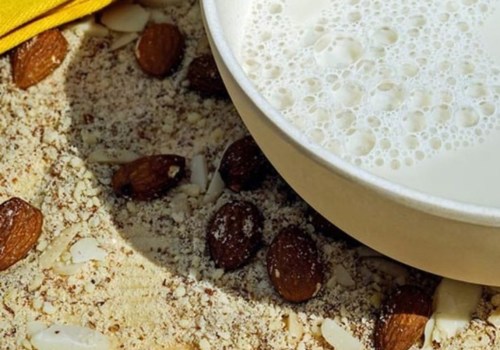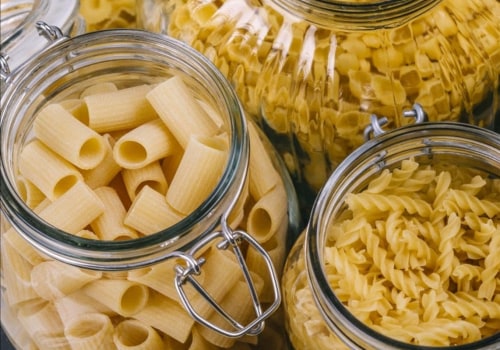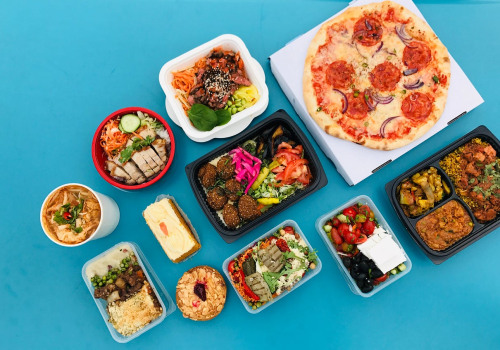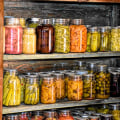Shelf-stable foods are a cornerstone of any well-stocked pantry. They provide convenience, longevity, and versatility, making them essential for emergencies, busy days, or simply ensuring you have ingredients ready for your next meal. Whether you’re preparing for a camping trip, building a food storage system, or just stocking up on staples, understanding the best shelf-stable options can help you make smart choices that balance nutrition, flavor, and practicality.
Canned Goods
Canned foods are a classic example of shelf-stable items, offering a wide variety of options to suit almost any taste. Vegetables like green beans, corn, and peas retain their nutritional value while providing convenience. Canned fruits packed in water or natural juices offer a great source of vitamins without added sugar. Proteins such as tuna, salmon, chicken, and beans are also excellent options, delivering essential nutrients and long shelf lives.
When considering shelf-stable proteins, canned fish like tuna or salmon can be incredibly versatile. Whether mixed into pasta dishes, salads, or sandwiches, they offer both flavor and nutrition. These items remind us that high-quality seafood can be enjoyed in many forms—even outside its fresh state, as evidenced by the incredible menu at Kicker's - Morro Bay’s Premier Seafood Restaurant, where seafood is elevated to an art form.
Dried and Dehydrated Foods
Dried and dehydrated foods are another excellent category of shelf-stable items. These include grains like rice, quinoa, and oats, which form the base of countless dishes and can be stored for years in proper conditions. Dehydrated vegetables and fruits, such as dried mushrooms, tomatoes, apples, or mangoes, are lightweight and nutrient-dense, making them perfect for snacking or adding to recipes.
Legumes like lentils, split peas, and chickpeas are also fantastic shelf-stable foods, offering plant-based protein and fiber. They’re easy to cook, affordable, and highly versatile, suitable for soups, stews, and even salads.
Pasta and Noodles
Pasta is a pantry essential for good reason. Its long shelf life, ease of preparation, and adaptability to countless recipes make it a top choice for shelf-stable food. Whole-grain or protein-enriched pastas provide additional nutrients, while rice noodles, soba, and egg noodles expand your culinary possibilities. Keep a variety of sauces—whether jarred or homemade and frozen—in your pantry to create quick and satisfying meals.
Nut Butters and Shelf-Stable Dairy
Nut butters like peanut, almond, or sunflower seed butter are nutrient-packed foods that store well and require no refrigeration until opened. They’re perfect for spreading on bread, adding to smoothies, or eating straight from the jar for a quick energy boost.
Shelf-stable dairy products, such as powdered milk, evaporated milk, or ultra-high-temperature (UHT) treated milk, are indispensable for recipes requiring milk or cream. They ensure you always have a supply on hand, even without refrigeration.
Packaged Snacks and Convenience Foods
Crackers, granola bars, and trail mixes are excellent shelf-stable snacks that require no preparation and deliver quick energy. Look for options that are low in added sugars and high in fiber or protein to make them more nutritious. Vacuum-sealed or nitrogen-packed nuts and seeds are also great for snacking or adding crunch to meals, with a long shelf life when stored in a cool, dry place.
Baking Ingredients
Keeping baking essentials on hand allows you to whip up homemade bread, cookies, or cakes at a moment’s notice. Flour, sugar, baking powder, baking soda, yeast, and spices are all long-lasting and can be stored for months or even years if kept in airtight containers. Add powdered or shelf-stable milk to your baking supplies to round out your pantry.
Emergency and Specialty Items
In addition to everyday staples, consider stocking some specialty shelf-stable items for emergencies or convenience. Freeze-dried meals, often used by campers or preppers, provide complete meals with minimal preparation. Instant soups, ramen noodles, and ready-to-eat pouches can be lifesavers when time or resources are limited.
Storage Tips for Maximum Longevity
To get the most out of your shelf-stable foods, proper storage is key. Keep items in a cool, dark, and dry place to prevent spoilage. Use airtight containers for opened packages to protect against pests and moisture. Rotating your stock regularly ensures that older items are used before their expiration dates, reducing waste and keeping your pantry fresh.
Conclusion
The best shelf-stable foods combine longevity, versatility, and nutrition, making them indispensable for any kitchen. From canned goods and dried grains to nut butters and baking essentials, these items ensure that you’re prepared for everything from everyday meals to unexpected emergencies.







